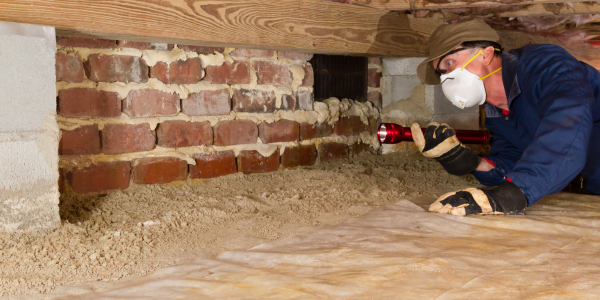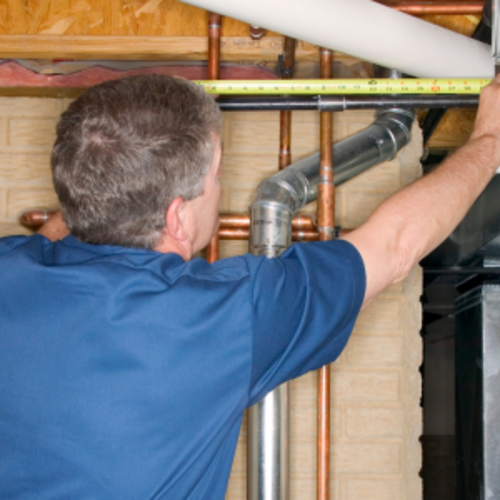What happens if the CL100 "Fails"?

What Happens When a Home Fails a CL100 Inspection in South Carolina?
What does it mean if a home fails a CL100 inspection, and how should you respond as a buyer or seller?
If a CL100 inspection reveals wood damage, termites, or high moisture levels, it can temporarily derail a sale. But with the right approach, it doesn't have to.
What Is a CL100 Inspection?
In South Carolina, the "CL100" — short for "Wood Infestation Report" — is a common inspection in many home sales. It checks for:
Termite activity or past infestation
Wood-destroying fungi or decay
High moisture levels (typically over 20%) in crawlspaces or other structural areas
Visible damage to accessible wood structures like sills, joists, and beams
The report is conducted by a licensed pest control professional and must be completed within 30 days of sale closing date.
While widely used, the CL100 inspection is technically an optional contingency in a South Carolina residential real estate contract. Buyers can choose whether or not to include it as a sale contingency as part of their offer. However, it is highly recommended—especially in coastal areas like Charleston—due to the climate’s effect on wood structures. Want to learn more? Read this blog.
What Does "Failing" the Inspection Mean?
This means that the CL100 report is not clear. A home "fails" a CL100 when the inspector finds:
Active termite infestation or wood-destroying insects
Moisture or fungal decay in structural wood
Damage that has not been properly treated or repaired
It doesn’t mean the deal is dead — but it does mean there’s a problem that must be resolved before moving forward.
Common Fixes After a Failed CL100
Depending on what the inspector finds, remediation might include:
Termite treatment (chemical or bait systems)
Replacing or reinforcing damaged wood
Installing vapor barriers or dehumidifiers
Improving crawlspace ventilation
Adding drainage or sump pumps
The goal is to eliminate active issues, prevent recurrence, and provide a clean report for closing.
What Buyers Should Know
If you're the buyer, a failed CL100 can be unsettling — but it’s also an opportunity to get important issues resolved before you close.
Here's what you can do:
Request Remediation Steps: The seller is responsible for making repairs and/or having the issues treated; request the plans for repair & treatment from the seller.
Negotiate: If the seller does not take steps to clear the report, then depending on the issue’s severity, you might negotiate a credit or price reduction instead of asking for full repairs.
Get Documentation: Ensure you receive proof of treatment, repair receipts, and a re-inspection if needed.
What Sellers Should Do
If you're selling a home in South Carolina, a failed CL100 can lead to delays or lost buyer confidence. But it’s entirely manageable with the right steps:
Be Proactive: Consider ordering a pre-listing CL100 so you can address issues before going under contract.
Fix the Problem: Hire a licensed pest control company and contractor to treat infestations and repair structural damage.
Prevent Recurrence: Resolve the root cause of any moisture problems (like poor drainage or inadequate ventilation).
Keep Records: Document every repair and inspection so you can show the home is cleared and compliant.
Final Takeaway
A failed CL100 inspection in South Carolina doesn’t have to kill your deal — but it does demand swift, professional attention. Whether you’re buying or selling, your best move is to work with a knowledgeable real estate team that can guide you through inspections, negotiations, and repairs.
Want to learn more about buying or selling in the Charleston area? Download our free guide today and feel confident navigating your next sale. Buyer Guide Seller Guide
Or better yet, connect with us to schedule an a time to talk through your real estate goals.
Warmly,
Lauren, Tina and Gigi | Lauren Zurilla & Associates
Check out this article next

Do Buyers Pay for Home Inspections in South Carolina? Here’s What to Know
Yes, as the buyer, you're responsible for paying for the home inspection—plus any additional inspections you choose to conduct during the due diligence period. Learn…
Read Article